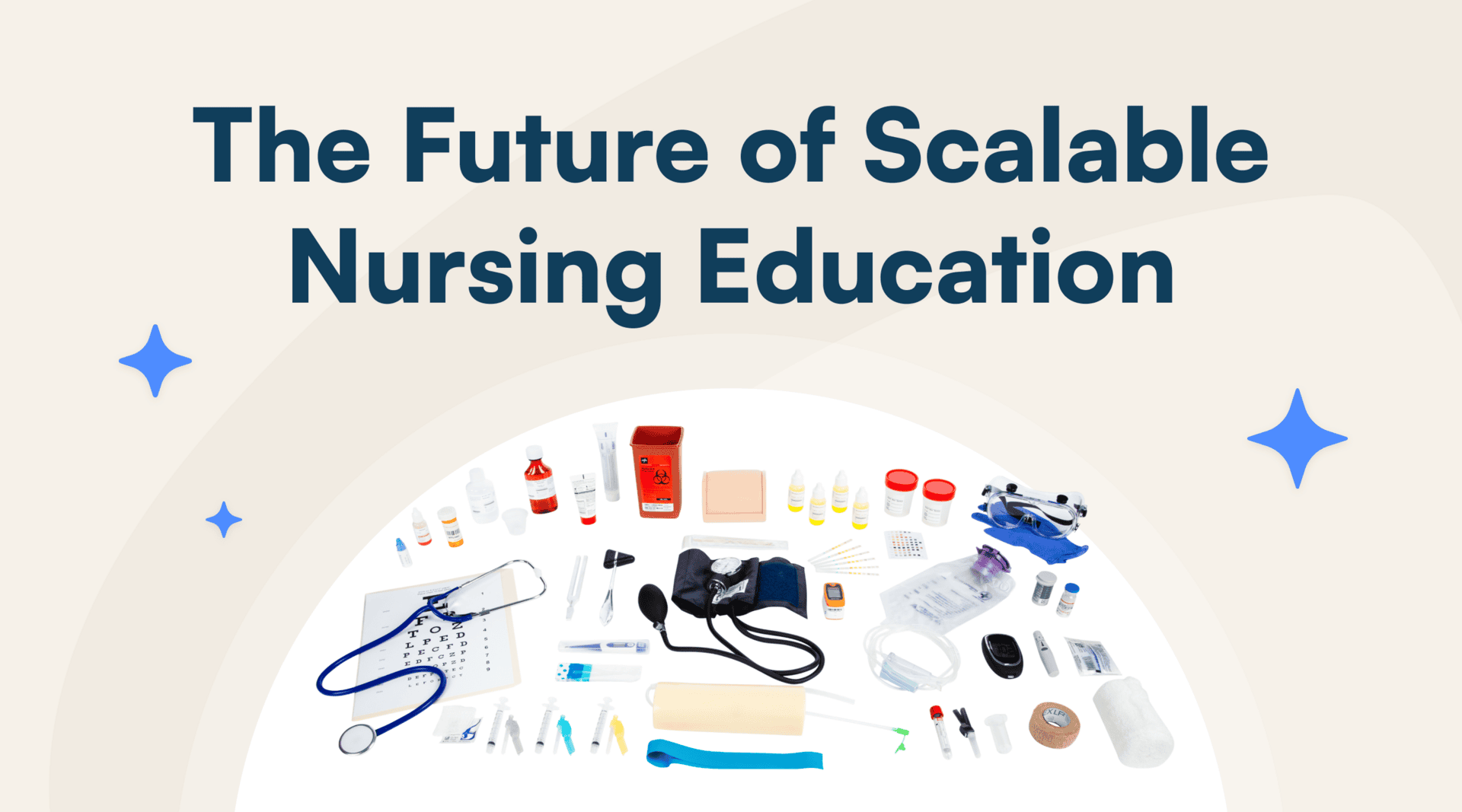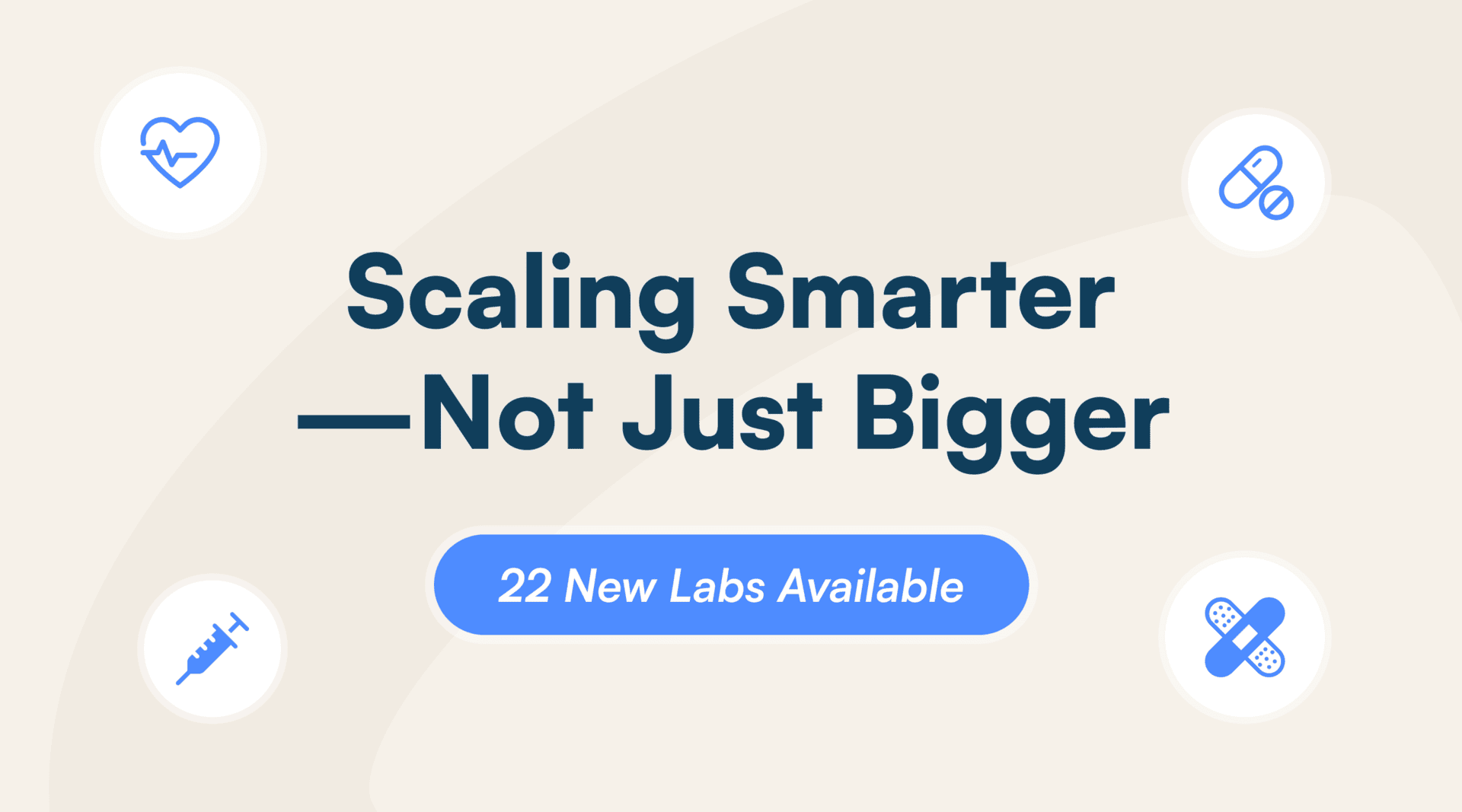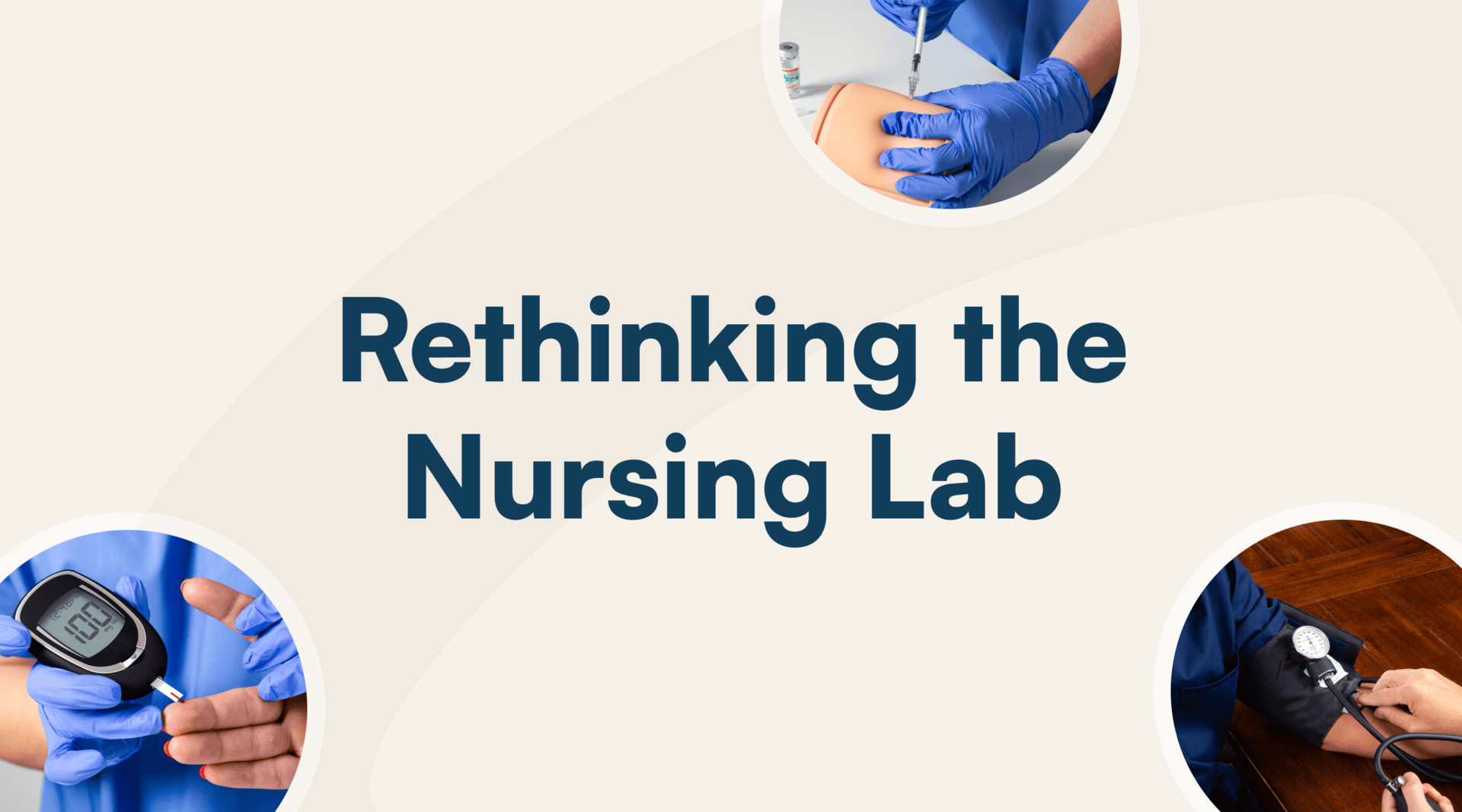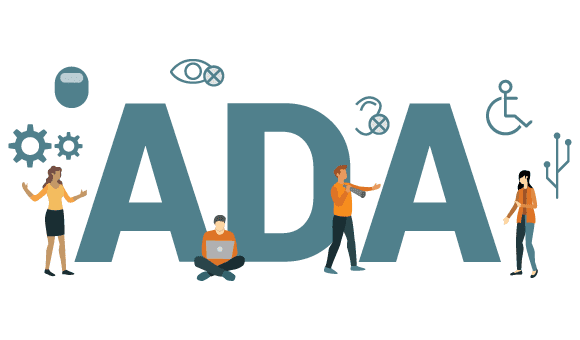Online Courses Can Help Support Students With Disabilities
The COVID-19 pandemic, coupled with a rise in technology and e-learning platforms, has dramatically changed the face of higher education. Students of all ages, backgrounds, and abilities have had to adapt to remote courses.
Some students have thrived under the change to online, while others still prefer in-person learning or a hybrid approach. However, it’s now estimated that up to 42% of students working towards a bachelor’s degree take online classes. It seems the demand for online is continuing to grow for many college and university students.
This evolution has come with a variety of opinions. One of these is that functional curriculums for students with disabilities can be taught from anywhere, at any time—with the right setup.
At Science Interactive, we’ve seen the massive benefits that remote learning can have for students with disabilities. We firmly believe that online courses coupled with hands-on lab kits can help institutions offer a larger variety of learning opportunity for students with disabilities.
As a leader in online education, we can provide you with best practices alongside examples that show how online learning supports students with disabilities.
Increased Accessibility
At the risk of stating the obvious, ADA-compliant online courses provide students with more flexibility. Remote learning allows students to work on their education whenever and wherever works best for them. They can maneuver around other jobs and obligations—saving them valuable time on commuting.
The best academic strategies for students with disabilities revolve around personalization. People thrive when they have the freedom to compensate for their challenges and unique schedules or needs.
For example, a student with a physical disability might need to budget more time to get to class, use an accessible ramp, and find a place in a lecture hall. These difficulties are removed with online lessons, which can be attended from the comfort of their own home or another location.
Furthermore, physical lab kits helps ensure they can still learn the critical skills necessary to meet the same learning outcomes as their on-campus peers. In many ways, it’s becoming easier for institutions to ensure ADA compliance for online courses. There are new, innovative ways to adapt to and meet the needs of every student.
When colleges and universities think about helping students with special needs, it’s crucial that they prioritize the flexibility to learn comfortably—both from a physical and emotional perspective. Remote courses allow students with disabilities to continue their education at their own pace while allowing them to experience the same rigorous lessons as their peers.
In a sense, online learning helps to level the playing field among students of all abilities. ADA-compliant courses can be optimized for different learning speeds, physical capabilities, and other factors that would otherwise negatively impact certain students’ experiences.
Current research indicates that up to 70% of online students with disabilities do not disclose their disability or requests accommodations. One of the most beneficial aspects of effective online learning is creating a learning space where students with disabilities can control their learning needs.
Opportunities for Differentiated Learning
Flexibility is important, but it’s not the only thing to consider when deciding how to engage students in remote learning—especially those with disabilities. Institutions also need to consider learning styles and how they can provide solutions for different types of students.
Online learning provides more opportunities for differentiated learning strategies. When instructors participate in remote learning strategies, they have many new opportunities:
- Become more involved in progress monitoring
- Facilitate different collaborative efforts for different students
- Better manage social interactions amongst students with disabilities
- Plan and track the frequency of interactions with individual students
When given access to one-on-one support, students can easily discuss their need for accommodations with their instructors, as well as their fears and challenges. At the University of Connecticut, students reported a “major positive change” during the shift to online communication with disability service providers and instructors. These students felt they were better able to communicate about necessary accommodations:
- Extended assignment deadlines
- Test-taking time limits
- Note-taking assistance
- And many other requirements
Online school for students with disabilities offers helpful levels of privacy and comfort. At the same time, it doesn’t sacrifice students’ abilities to communicate with administrators and instructors.
Benefits for Mental Health
While on the topic of comfort, there are potentially strong mental health benefits that accompany online learning for students with disabilities. For example, post pandemic, many students struggled with the stress of returning to in-person classes. Online curriculums can help minimize stressors and worries, allowing students to focus more wholeheartedly on their studies, especially for those with disabilities. As one student said in a Washington Post article, losing the flexibility of online learning made her feel she had to “work 10 times harder than [her] classmates just to be able to succeed.”
When opening their doors to more in-person classes in 2022 and beyond, institutions will need to consider how this reversal will affect their students with disabilities—and how they can prevent mental and emotional challenges for these learners.
Online Technology Tools for Learning
Lastly, the ability to deliver remote learning for students relies heavily on the use of digital technologies that can make accommodations for a variety of student challenges.
At Science Interactive, we design our remote science lessons and physical lab kits to be easily accessible to students with various disabilities. The goal is to create an interactive curriculum that provides various learning modalities in each lesson that helps students of all learning styles achieve their learning goals.
We’re also mindful of the need to proactively accommodate students, and we strive to continually update and refine our material to be compatible with the standards of the Americans with Disabilities Act (ADA), Individuals with Disabilities Education Act (IDEA) 2004, and the Rehabilitation Act of 1973. Our robust tools are easily perceivable, operable, and understandable for users of every ability level.
Although all students can benefit from working with specialized tools for online courses, these resources are especially powerful for distance learning for students with disabilities. In the coming years, we expect to see more institutions offering flexible, ADA-compliant digital tools for students with unique or challenging requirements.
Preparing Your Institution for the Future of Education
Our main objective at Science Interactive is to connect higher-education institutions with the best remote learning tools, particularly for science courses. Many colleges and universities are still figuring out what their post-pandemic instruction will look like, and we want to help them shape their futures.
For more than 30 years, Science Interactive has been working to provide remote science labs and resources to institutions across the United States. We’ve seen the firsthand benefits of online learning and online ADA compliance. Now, we offer instructors and institutions the tools they need to accommodate remote science students—regardless of their location or life circumstance.
For more information on our online learning tools, as well as general guidance on ADA and education, please contact us. We’re happy to help you understand how to be ADA compliant in online learning programs.
Discover more articles

Science Interactive Launches New Nursing Fundamentals

What Clinical-Ready Actually Looks Like (And How to Get There Sooner)


